70以上 excel countif range of values 185992-Excel countif range contains value
I have the following range of values 4 3,5,6 2 2,5 5 7,8,9,5 This means there can be more than one value in one column, separated by commas I want to count all 5s in this range I have used the COUNTIF method but it seems not to be enough COUNTIF(A1A6, 5) =>Http//wwwcontexturescom/xlFunctions04html Use Excel COUNTIF function to count the number of orders where the quantity is between 5 and 10 Use a cell refUse COUNTIF, one of the statistical functions, to count the number of cells that meet a criterion;

Excel Formula Count Numbers By Range With Countifs
Excel countif range contains value
Excel countif range contains value-Select Specific Cells The Kutools for Excel 's Select Specific Cells utility helps you easily count and select cells between two values or dates in Excel DownloadThe whole formula means, to find the number of cells that have a value greater than 0 and then subtract the count of cells with a value greater than 500
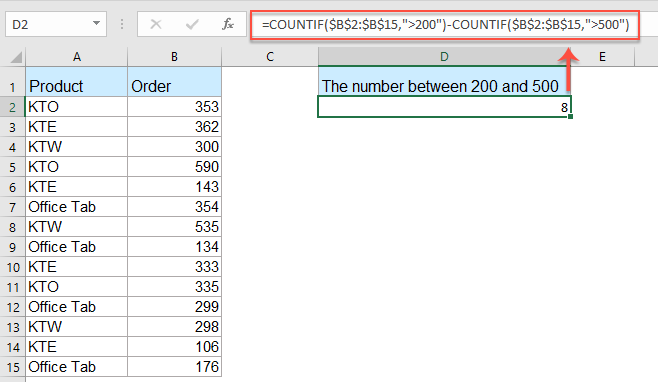



How To Countif With Multiple Criteria In Excel
Using the COUNTIFS function you can achieve the result of counting numbers of cells which contain values between two numbers in a range How to Use theThe COUNTIF function returns the count of cells that do not a specific value Syntax = COUNTIF (range, "<>value") Range array Value text in quotes and numbers without quotes <>Where B10 is the list of names (range), C2C10 are sports (criteria_range 1) and D2D10 are ages (criteria_range 2) That's how to count unique values in Excel with the new dynamic array functions I am sure you appreciate how much simpler all the solutions become Anyway, thank you for reading and hope to see you on our blog next week!
This formula uses the Excel COUNTIF function to count the number of cells in a range (C8C14) that have a value of greater than the value in cell C5 The Excel IF function is then used to test if the Excel COUNTIF function found one or more cells in a range that have a value greater than the value in cell C5The COUNTIF function The formula has the COUNTIF function which looks inside the data range and counts the number of times that each of the values appear in the range This function returns the result in an array form The result from the COUNTIF function is)The syntax for the COUNTIF function is =COUNTIF (range, criterion) Comparison operators >
( greater than) is used in the expression to check the criterion with a numeric valueThe formula returns the count of unique values in the range (A14), which is 5 (Refer Tables 2a/2b/2c) Use this formula for a range, with or without blank cells Enter as an array formula type the formula in the cell and then press CTRLSHIFTENTER instead of just ENTER Excel will automatically display the formula enclosed in braces { }Generic Formula = COUNTIFS ( INDIRECT (named_range),criteria) First, name each column as per their headings To do so select the table and press CTRLSHIFTF3 and name the columns as per top row Read about it here So, Range B11, C3C11, D3D11, and E11 are named Jan, Feb, Mar and Apr respectively Write this formula in I4




Countif Function In Excel How To Use Easy Steps




How To Countif With Multiple Criteria In Excel
If a range, such as D, contains the number values 5, 6, 7, and 6, then the number 6 occurs two times If a column contains Buchanan, Dodsworth, Dodsworth, and Dodsworth, then Dodsworth occurs three times There are several ways to count how often a value occurs Count how often a single value occurs by using the COUNTIF functionIt works same as COUNTIF, but is used with multiple criteria The syntax of the COUNTIFS is =COUNTIF (range 1, criteria1, range 2, criteria 2 ) This feature is available on Microsoft Excel 07 and later versions You can select multiple ranges and apply the criteriaOperator (not equal to) Wildcard characters for catching strings and perform functions on it There are three wildcard characters in Excel




How To Count If Not Equal To X Or Y In Excel




Introducing Excel S Countif Function Pryor Learning Solutions
Implementation SCORE RANGE It is the column range that contains the scoreHere it is C3C10 ">=" The greater than or equal to sign for checking the values who are greater than or equal to Lower bound &Here, you have a range of values in a worksheet as shown as the screenshot, and now you need to count the values above or below the average in this range Select a blank cell, for instance, the Cell C6, type this formula =COUNTIF (A1C5,>COUNTIF function in Excel is used to count the number of cells in the range in question, the data contained in which meet the criterion passed as the second argument to this function, and returns the corresponding numeric value COUNTIFS function can be used to analyze numeric values, text strings, dates, and other types of data
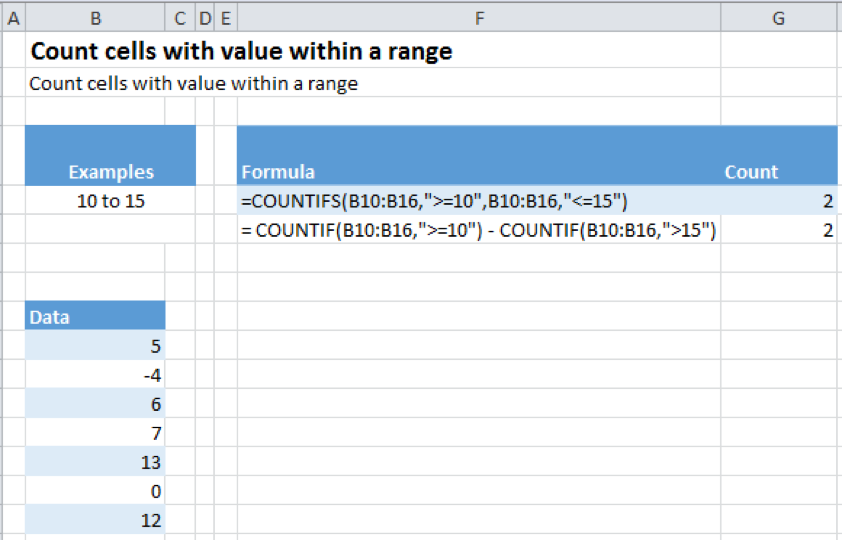



Count If Cells In Range Automate Excel




Count In An Excel Range Basis On Different Logics Countif Guide For
The UNIQUE function in Excel can either count the number of distinct values in an array, or it can count the number of values appearing exactly once UNIQUE accepts up to three arguments and the syntax is as follows =UNIQUE(array, by_col, exactly_once) Array is the range or array to be evaluated By_col (optional argument) tells ExcelThe syntax of COUNTIF contains a range of data cells that you want to test against a criterion value with comparison operator of greater than ( >Excel COUNTIFS Function (takes Multiple Criteria) Using NUMBER Criteria in Excel COUNTIF Functions #1 Count Cells when Criteria is EQUAL to a Value #2 Count Cells when Criteria is GREATER THAN a Value #3 Count Cells when Criteria is LESS THAN a Value #4 Count Cells with Multiple Criteria – Between Two Values



Q Tbn And9gcrdt6yyg Bhasvjonqsjmwrb4jzuzpy1sdennuzsayyu4hfyshe Usqp Cau




How To Use Multiple Criteria In Excel Countif And Countifs
&AVERAGE (A1C5)) (the range A1 C5 indicates the range you want to count the cells above the averageSometimes you need to count the number of cells in a spreadsheet that contain a value or set of values The COUNTIF function allows you to do this by counting only those cells in the range that meet the criteria you set This lesson explains how to use COUNTIF, and provides an example of how you can use it COUNTIF function syntaxThe formula used to count cells that are equal to a specific value is driven by an Excel COUNTIF function In both the VBA and Excel examples the formula counts the number of cells from the specified range (C8C14) that are equal to win, which is the value in cell C5 This is achieved through the use of the Excel COUNTIF function
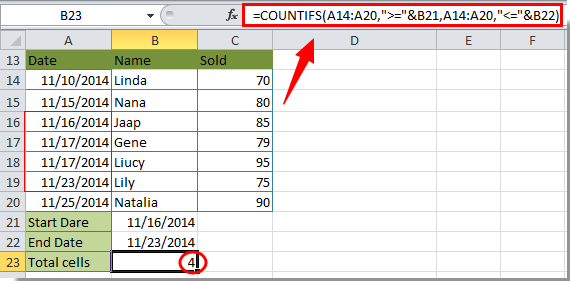



How To Count Number Of Cells Between Two Values Or Dates In Excel




How To Use The Excel Countifs Function Exceljet
To count numeric data by range or grouping, you can build a summary table and use COUNTIFS to count values at each threshold In the example show, we have a list of names and ages and are using the COUNTIFs function to generate a count of ages into 6 brackets The formula in cell F5 is = COUNTIFS(ages,>=, ages,<=29)This formula uses the Excel COUNTIF function to count the number of cells in range (B5) that contain a value specified in cell D5 If a cell contains the specific value in addition to other content, this formula will still recognise and count this cellWhile working with Excel, we are able to determine the number of values that fall within a specified range by using the COUNTIFS function The COUNTIFS function counts the number of cells that meet one or more criteria This step by step tutorial will assist all levels of Excel users in counting numbers by range with COUNTIFS Figure 1



Q Tbn And9gctiqzrsa9s4zgevfm7rljdzeytbqwhgqk 3o 4wy3nzkwwbhiy Usqp Cau



Count Numbers By Range With Countifs In Excel July 13 21 Excel Office
To count the number of cells that contain values between two numbers in a range of cells, you can use the COUNTIFS function In the generic form of the formula (above), range represents a range of cells that contain numbers, A1 represents the lower boundary, and B1 represents the upper boundary of the numbers you want to countINDIRECT will evaluate the text values and pass the multiple ranges into COUNTIF Because COUNTIF receives more than one range, it will return more than one result in an array We use the SUM function to catch and handle the array = SUM({4,2,3})You can use the COUNTIFS function in Excel to count cells in a single range with a single condition as well as in multiple ranges with multiple conditions If the latter, only those cells that meet all of the specified conditions are counted




Advanced Examples Of The Countif Function Of Microsoft Excel




Excel Formula Count Numbers By Range With Countifs Exceljet
For example, to count the number of times a particular city appears in a customer list In its simplest form, COUNTIF says =COUNTIF (Where do you want to look?, What do you want to look for?)The COUNTIF function allows you to count cells in a range that are equal to a criterion The great thing about the COUNTIF function is that it is possible to use criteria COUNTIF(B18,D3D9)METHOD 1 Count cells if greater than or equal to a specific value by referencing to a cell EXCEL Edit Formula = COUNTIF (C8C14,>=&C5) This formula uses the Excel COUNTIF function to count the number of cells in range (C8C14) that have a value greater than or equal to the value in cell C5 METHOD 2
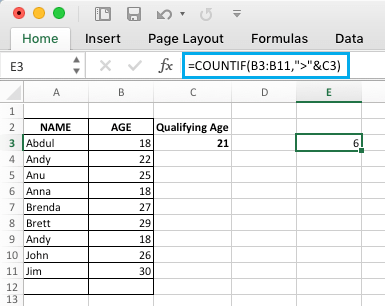



How To Use Countif Function In Excel




How To Count Values If Date Is Greater Than By Using Countif Function
Count Distinct Values in Excel Count Distinct Values using a Filter You can extract the distinct values from a list using the Advanced Filter dialog box and use the ROWS function to count the unique values To count the distinct values from the previous example Select the range of cells A1A11 Go to Data >For counting numbers of cells with nonzero values, please do as follows 1 Select a blank cell for locating the counting result (here I select cell H1) Copy and paste formula =COUNTIF (A1E8,<>0) into the Formula Bar, and then press the Enter keyCOUNTIF date value <
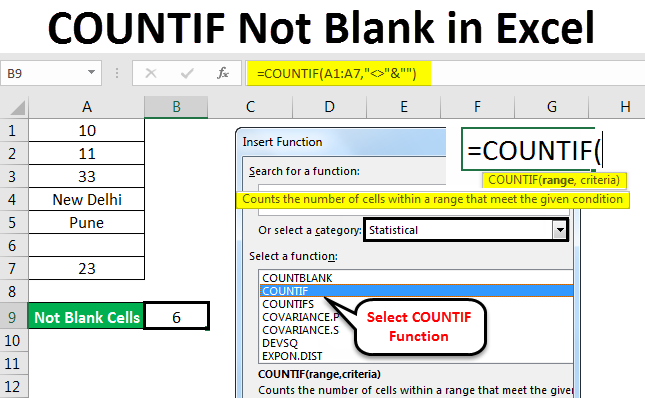



Countif Not Blank In Excel Formula Example How To Use




How To Use The Countif Function In Excel
The COUNTIFS function is similar to the COUNTIF function with one important exception COUNTIFS lets you apply criteria to cells across multiple ranges and counts the number of times all criteria are met You can use up to 127 range/criteria pairs with COUNTIFSCount distinct values in Excel (unique and 1 st duplicate occurrences) To get a count of distinct values in a list, use the following formula =SUM (1/COUNTIF ( range, range )) Remember, it's an array formula, and therefore you should press the Ctrl Shift Enter shortcut instead of the usual Enter keystrokeThis is very important as it concatenates the cell value with your conditions ">="&F3 will translate to ">=41" Lower Bound Cell This is the cell address that contains your




How To Count Values If Date Is Less Than By Using Countif Function
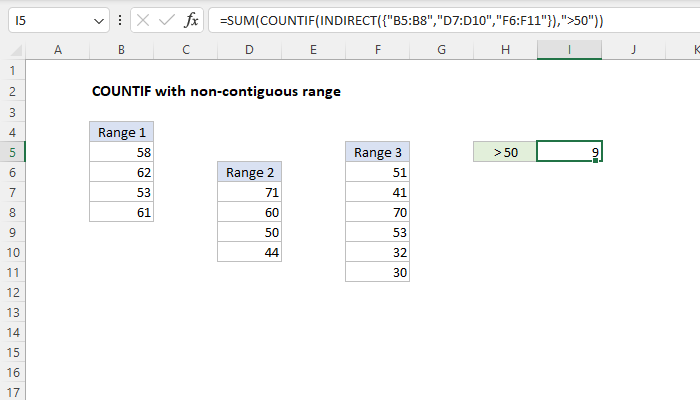



Excel Formula Countif With Non Contiguous Range Exceljet
Select the range of cells that you want, and then press RETURN Select the cell where you want the result to appear On the Formulas tab, click Insert, point to Statistical, and then click one of the following functions COUNTA To count cells that are not empty COUNT To count cells that contain numbers COUNTBLANK To count cells that are blankYou can use the following formula in sheet2 to get the count of each projects listed in sheet1 =COUNTIF(Sheet1!BB,) Lets take a look of how to implement the above formula Lets say you have following data in your Sheet1 Check the below image Now, lets take a look how to enter the formula to get the count in sheet2 Check the below imageSelect the range you want to count number of cells greater or less than zero Then click Kutools >
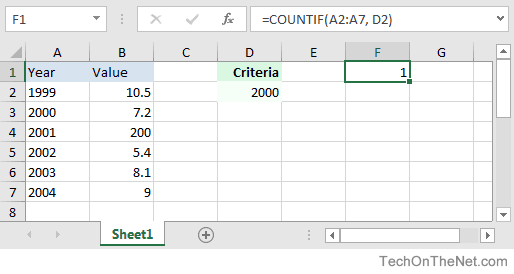



Ms Excel How To Use The Countif Function Ws
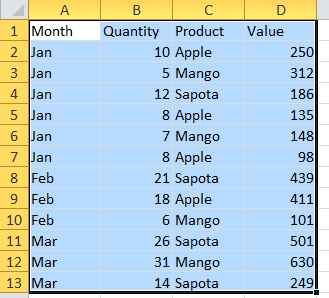



Using Excel Multiple Condition Countif Function Tech2touch
Today Worksheet is an action log It has a column containing due dates I want to count all rows (dates) that are less than today (to see what work is overdue) I also want to count all rows (dates) that will come due in a week Conditional formatting highlights them OK but I also want to maintain a set of countsThe COUNTIFS function takes multiple criteria in pairs — each pair contains one range and the associated criteria for that range To generate a count, all conditions must match To add more conditions, just add another range / criteria pairTo count the number of unique values in a range of cells, you can use a formula based on the COUNTIF and SUMPRODUCT functions In the example show, the formula in F6 is = SUMPRODUCT(1 / COUNTIF( B5B14, B5B14 )) With Excel 365, you can use a simpler and faster formula based on UNIQUE




How To Use The Countifs Function In Excel Youtube



3
Step 1 In Excel, enter the data as shown in the following image Select the range whose data needs to be checked for nonblank values Enter the following formula "=COUNTIF (B2B21,"<>"&"")" Step 2 Press the "Enter" key The number of nonblank cells in the range B2B21 appear in cell C2 The output is 14, as shown in theUse the SUBTOTAL function to count the number of values in an Excel table or range of cells If the table or range contains hidden cells, you can use SUBTOTAL to include or exclude those hidden cells, and this is the biggest difference between SUM and SUBTOTAL functions The SUBTOTAL syntax goes like this SUBTOTAL (function_num,ref1, ref2,)Easily count number of cells between two values or dates in Excel Click Kutools >
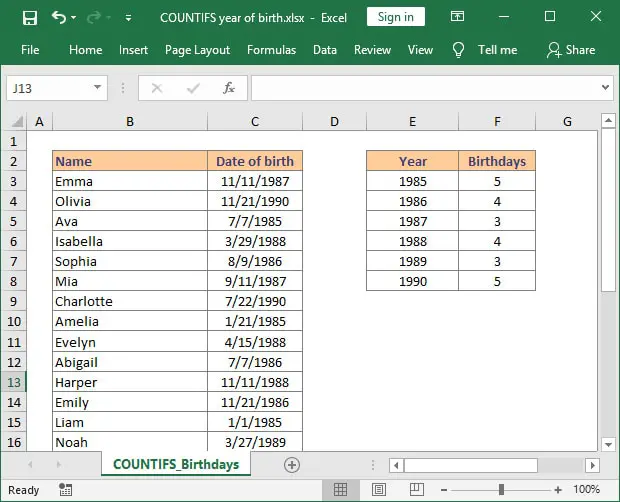



Count Cells Between Two Dates Using Countifs Step By Step Guide




Excel Formula Count Numbers By Range With Countifs
B2B15 is the cell range that you want to use, >0 and >500 are the criteria you want to count the cells;How to use the VLOOKUP Function in Excel This is one of the most used and popular functions of excel that is used to lookup value from different ranges and sheets How to use the COUNTIF function in Excel Count values with conditions using this amazing function#5 – Count Zero Values A list of data in the range of cells 27 is provided in the below table Count the range of cells for the value "0" The COUNTIF function is applied to the given range of cells, and the formula is stated as follows "=COUNTIF(27,0)" Here the condition applied to the formula is equal to "0"




Excel Formula Count Cells Between Two Numbers
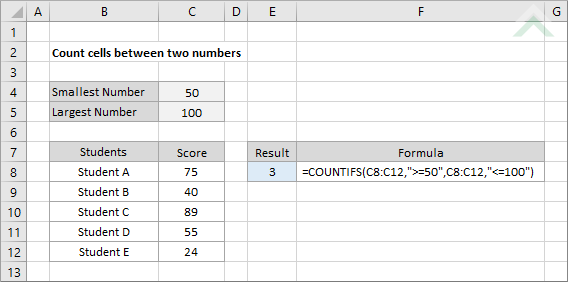



Count Cells Between Two Numbers Excel Exceldome




Count Values Between Two Dates Excel Countifs Function Youtube




Excel Formula Count Numbers By Range With Countifs
:max_bytes(150000):strip_icc()/excel-countif-count-data-R1-5c127057c9e77c0001ec7668.jpg)



How To Count Data In Selected Cells With Excel S Countif Function
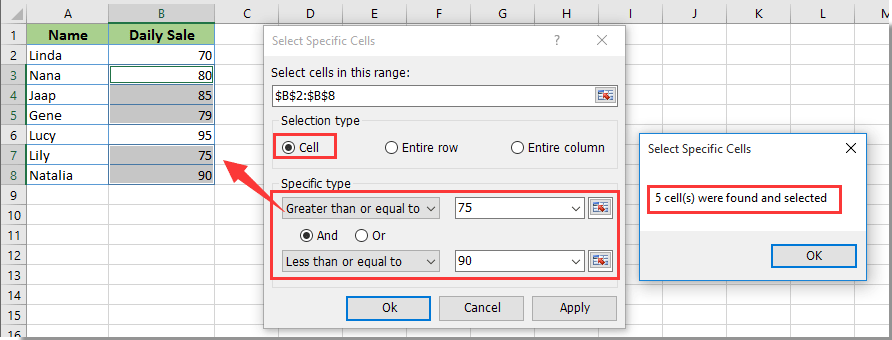



How To Count Number Of Cells Between Two Values Or Dates In Excel
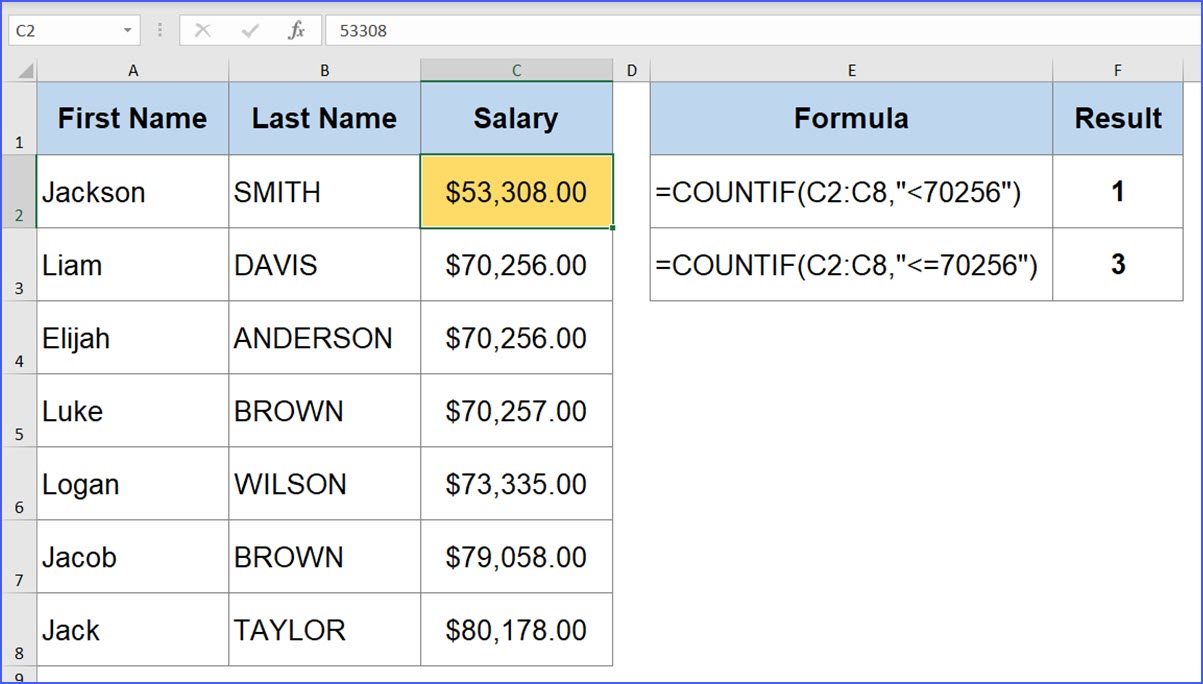



How To Count Cells With Values Less Than Excelnotes
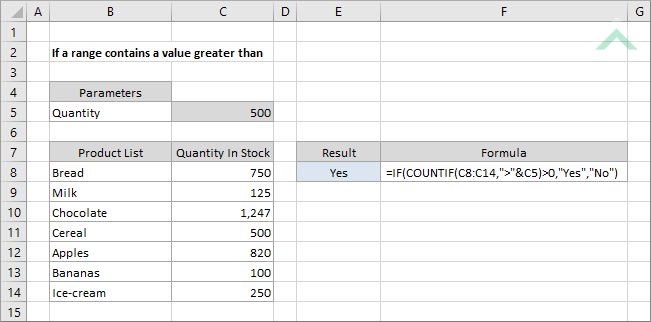



If A Range Contains A Value Greater Than Using Excel And Vba Exceldome
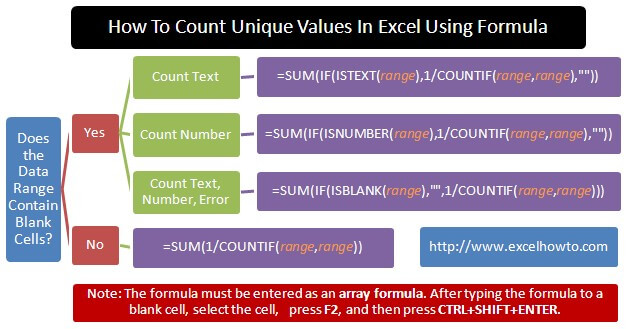



How To Count Unique Values In Excel Using Formula Excel How To
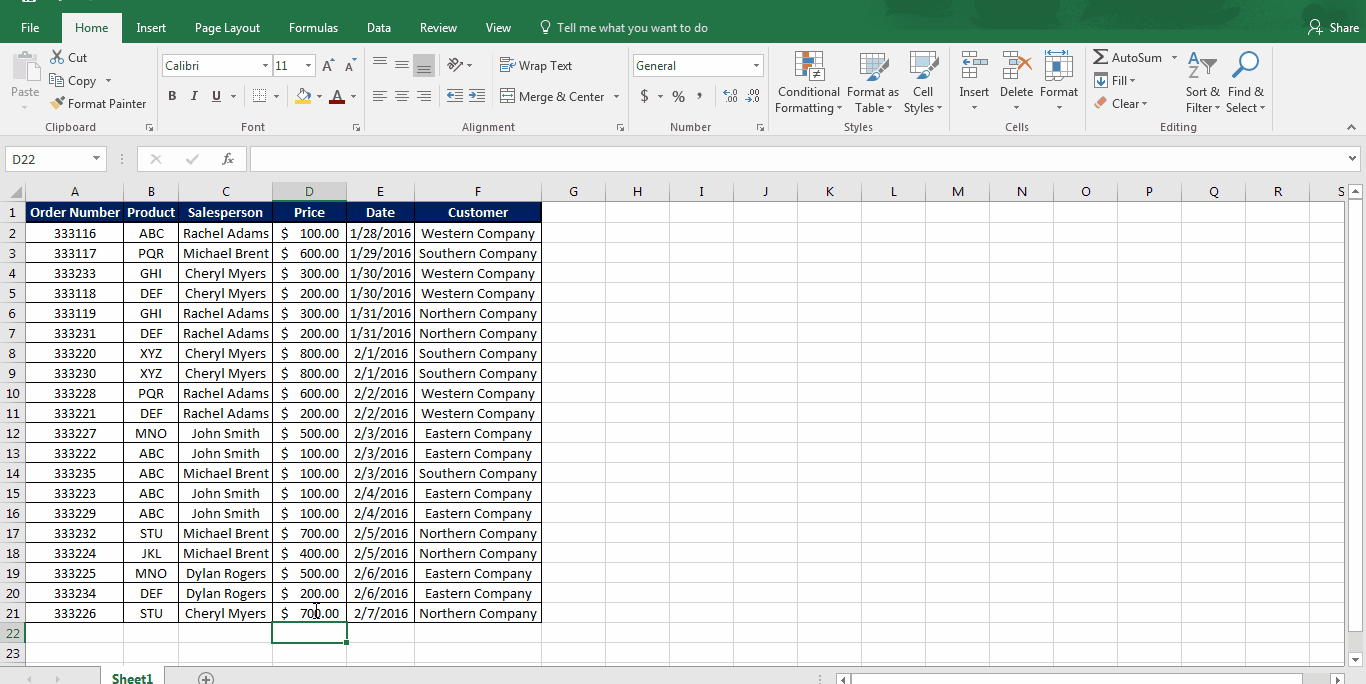



Excel If Statements Part 1 Intro To Countif
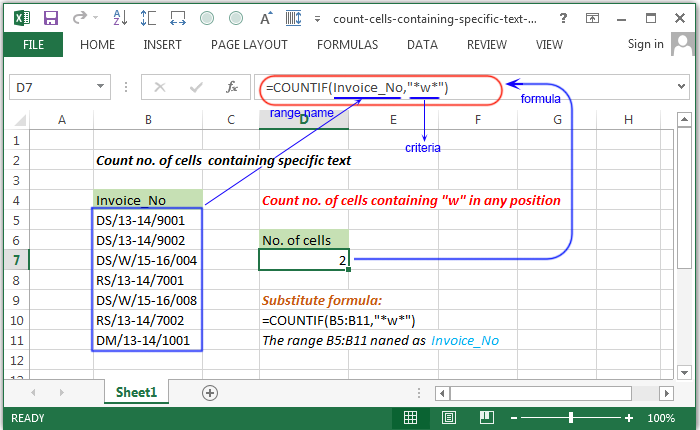



Excel Count Count Number Of Cells Containing Specific Text W3resource
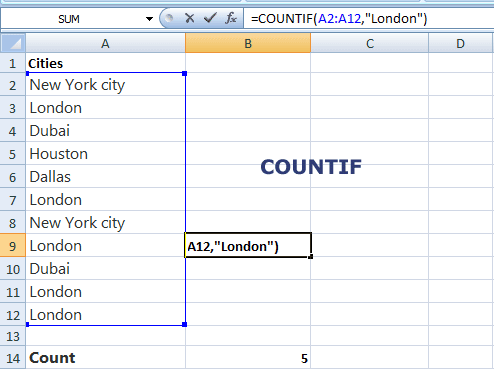



12 Examples Of Excel Countif Function To Understand Thoroughly
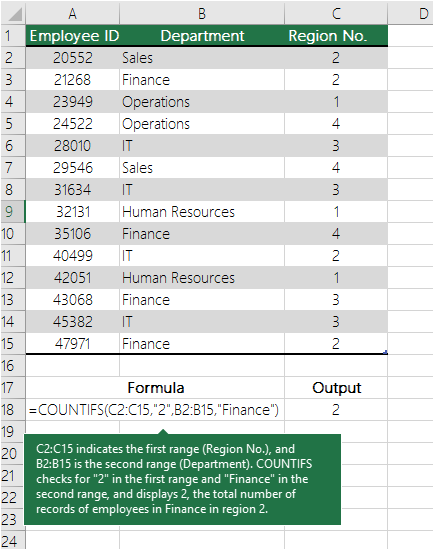



Count How Often A Value Occurs Office Support




How To Handle Countif With Multiple Criteria In Excel Magoosh Excel Blog




How To Use Multiple Criteria In Excel Countif And Countifs



1




Countif Function In Excel And Examples Of Using It
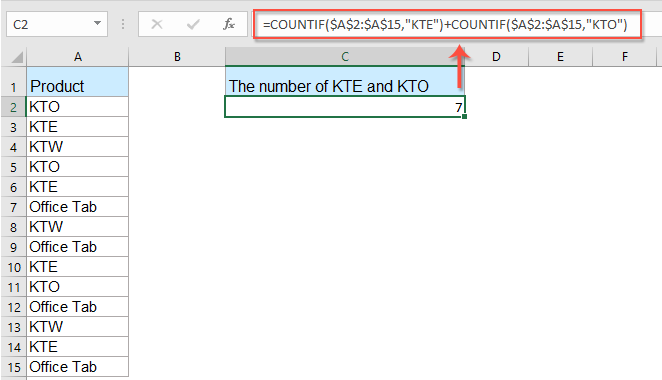



How To Countif With Multiple Criteria In Excel




How To Count Number Of Cells Between Two Values Or Dates In Excel
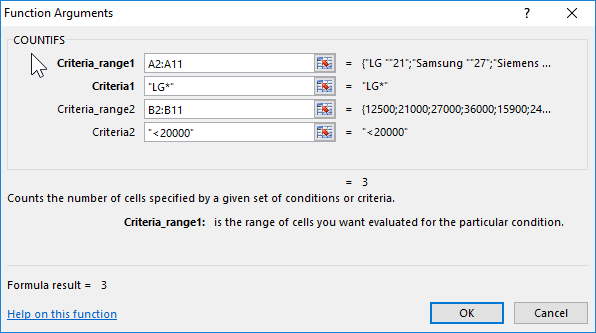



Countifs Function Calculates Count Of Cells By Condition In Excel




How To Use The Countif Function To Count Cells Between Two Numbers Excelchat
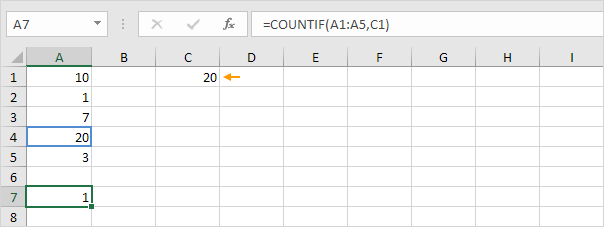



How To Use The Countif Function Easy Excel Formulas




How To Count Between Dates Using Countifs Formula
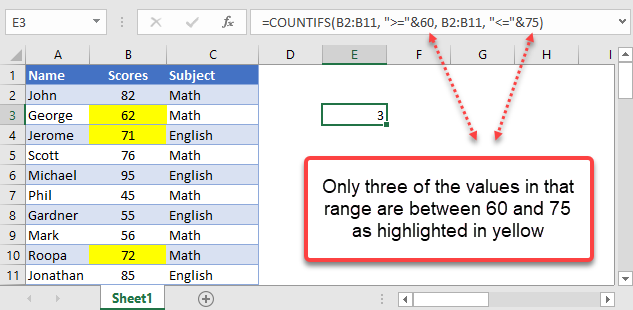



Count Cells Between Two Numbers In Excel And Google Sheets Automate Excel




How To Handle Countif With Multiple Criteria In Excel Magoosh Excel Blog
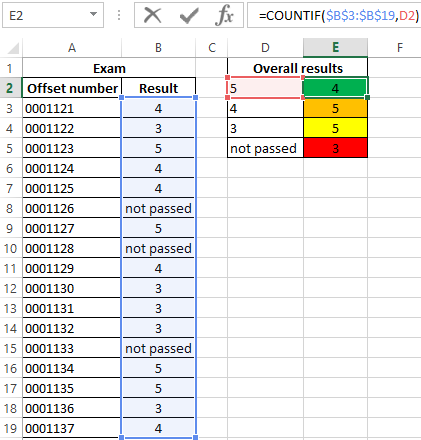



Countif Function For Counting Number Of Cell Values In Excel
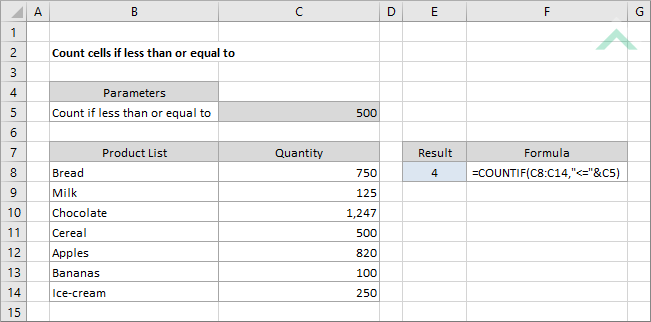



Count Cells If Less Than Or Equal To Using Excel And Vba Exceldome
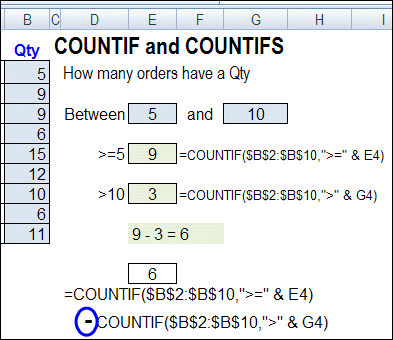



Count Numbers In A Range In Excel 07 Contextures Blog




Best Excel Tutorial Countif Function




Use Countif To Count The Cells In A Range That Match Certain Values Learn Microsoft Excel Five Minute Lessons




Excel Formulas To Count The Cells Less Than A Given Number
/dynamic-countif-5bf60cc046e0fb0026642b26.png)



Use A Dynamic Range In Excel With Countif And Indirect



Why Is Countif Function Resulting To Negative Numbers When I M Looking Only At Ranges Quora
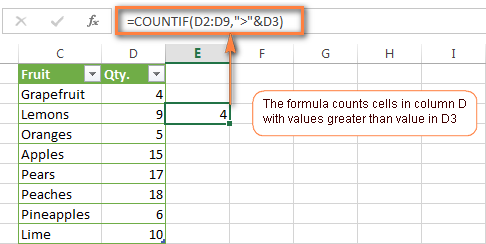



Excel Countif Examples Not Blank Greater Than Duplicate Or Unique
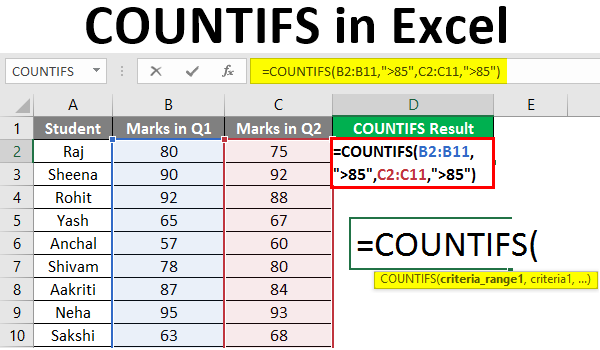



Countifs In Excel How To Use Countifs Formula In Excel
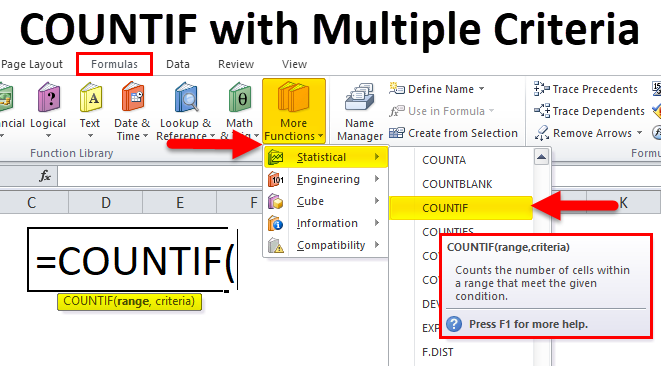



Countif With Multiple Criteria Formula Examples How To Use




How To Use Count Countif And Countifs Function Ncert Books



Countif Between Two Dates Probably With Vlookup Excel
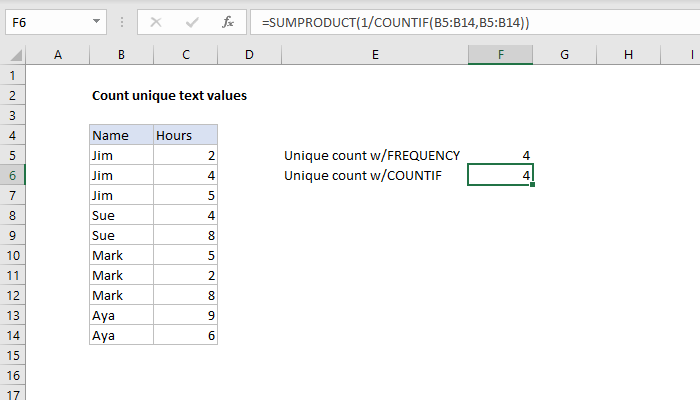



Excel Formula Count Unique Values In A Range With Countif Exceljet



Count Unique Values In A Range With Countif In Excel July 13 21 Excel Office
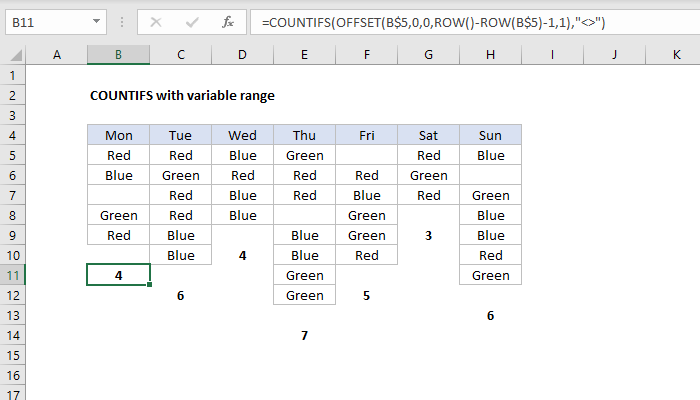



Excel Formula Countifs With Variable Range Exceljet




How To Count Number Of Cells Between Two Values Or Dates In Excel




Why Does My Excel Countif Function Always Return A Value Of 0 Super User




Excel Magic Trick 1163 Countifs For Dates When Dates Have Time Value Too Countif Too Youtube
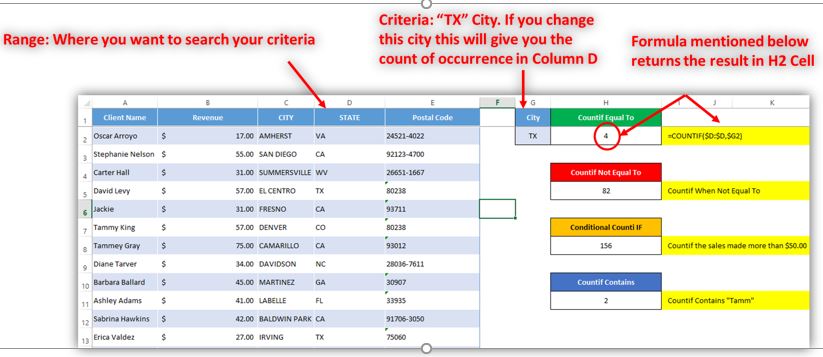



Count In An Excel Range Basis On Different Logics Countif Guide For




How To Use Countif In Excel All Things How
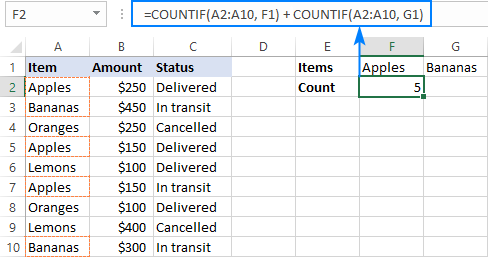



Excel Countif And Countifs With Or Conditions
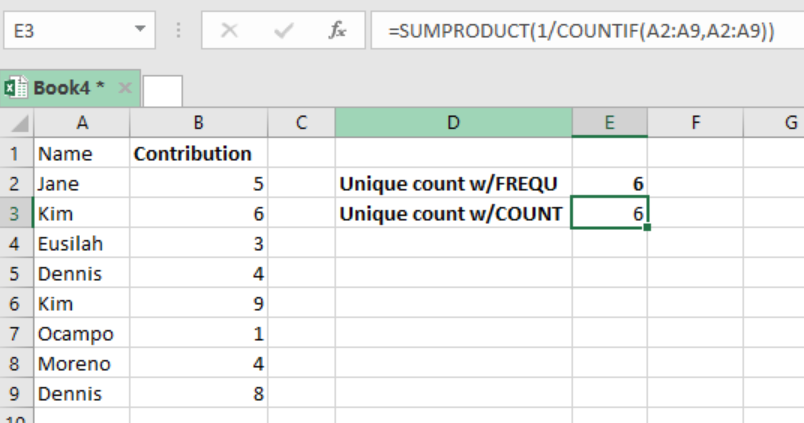



Excel Formula Count Unique Values In A Range With Countif
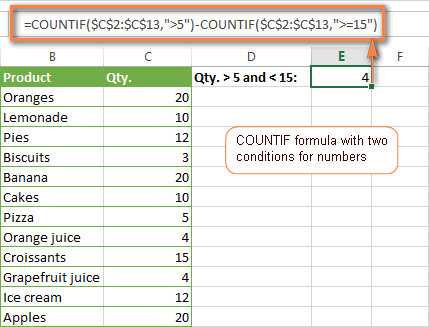



Excel Countif Examples Not Blank Greater Than Duplicate Or Unique
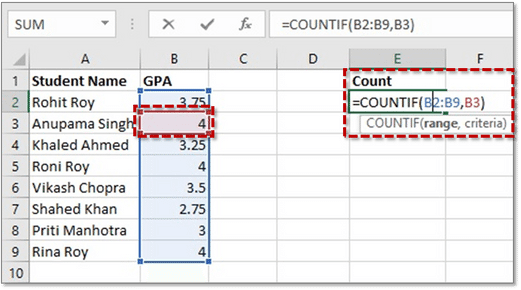



Tricks Countif Excel With Example How To Use Countif Function In Excel




Count Cells Between Two Numbers




How To Use Countif In Excel All Things How
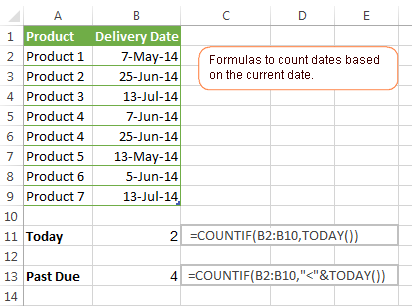



Excel Countif Examples Not Blank Greater Than Duplicate Or Unique




Excel Countif Where Number Of Cells To Meet Criteria Range Is Non Contiguous Stack Overflow




Formulas For Counting Unique Values In A Range With Countif In Excel




Count Unique Values In A Range With Countif
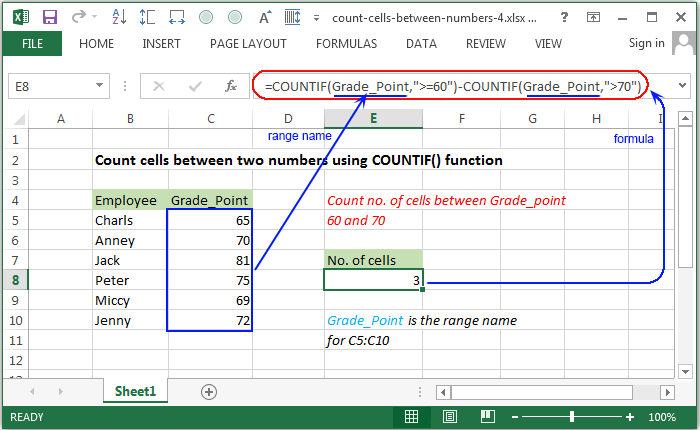



Excel Count Count Cells Between Numbers W3resource




Excel Trick How To Count Unique Values In A Range With Countif In Excel Dptutorials Youtube



How To Use The Countif Function Instead Of Vlookup Video Excel Campus
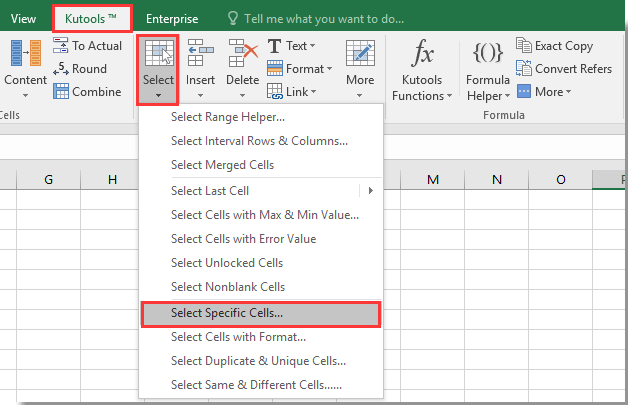



How To Count Number Of Cells Between Two Values Or Dates In Excel
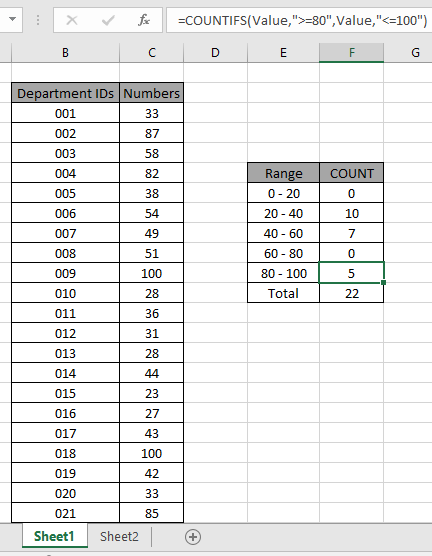



How To Count Between Given Range In Excel
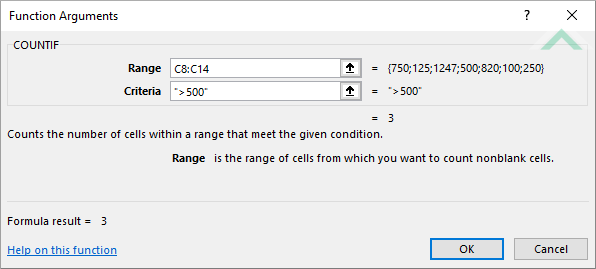



Excel Countif Function Excel Vba
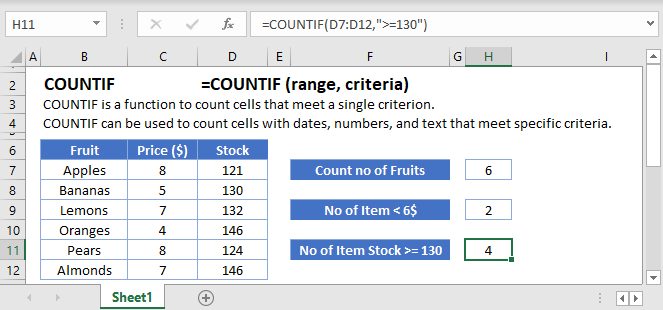



Countif And Countifs Functions Excel Vba Google Sheets Automate Excel




How To Use The Excel Countif Function Exceljet




Count Cells Greater Than Set Amount With Excel Countif Function Contextures Blog
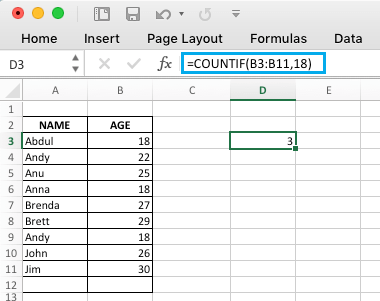



How To Use Countif Function In Excel




How To Use The Countif Function In Excel
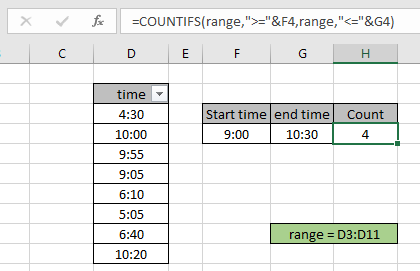



How To Count Times Between Given Time Range In Excel




Count Numbers In A Range In Excel 07 Contextures Blog




Excel Formula Count Cells Between Two Numbers Exceljet




Why Does My Excel Countif Function Always Return A Value Of 0 Super User




How To Count Duplicates In Excel Spreadsheets
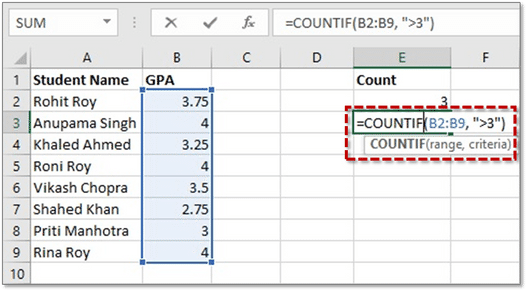



Tricks Countif Excel With Example How To Use Countif Function In Excel




Countif Function For Counting Number Of Cell Values In Excel




Excel Formulas To Count Numbers By Range With Countifs Function



Countif Master This Amazing Formula Guide Earn Excel




12 Fascinating Uses Of The Excel Count Functions In Ms Excel
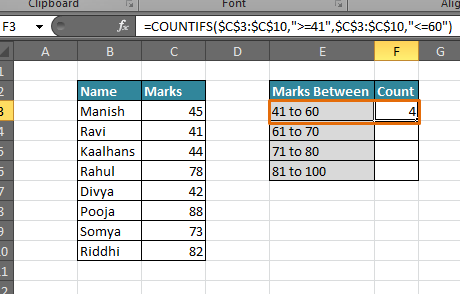



Counting The Number Of Values Between Two Specified Values In A List In Microsoft Excel


コメント
コメントを投稿